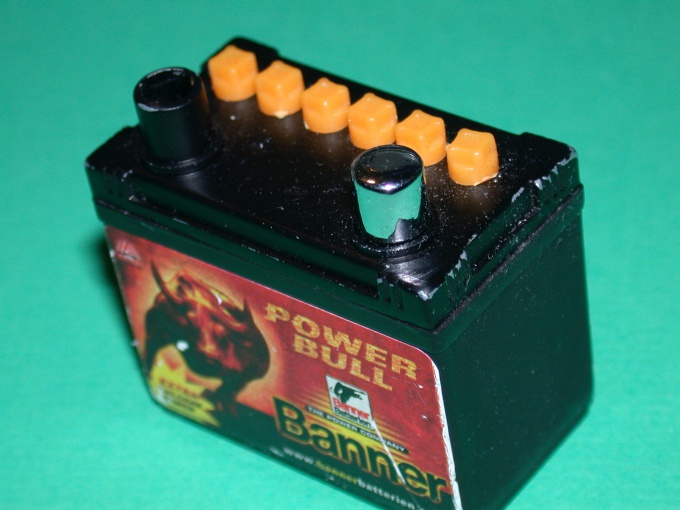You will need
- water;
- -sulfuric acid;
- -source DC voltage of 6-12 V;
- galvanic Bank (rectangular glass vessel with a volume of 5-8 liters);
- -carbon electrodes of electric batteries;
- - 2 clear plastic cups;
- -bitumen;
- the tube from a dropper;
- -vial;
- -glass jar;
- -soldering iron;
- -2 wires.
Instruction
1
Take a plastic Cup. Make a well in the bottom hole and insert the electrode so that it is positioned coal inside the glass. The junction of the electrode and glass, isolate the bitumen from the bottom. Similarly, treat the glass to the second electrode. The metal part of each electrode solder the wire. It is better to take wires of different colors, e.g., red and blue.
2
In a plating bath fill with water about 2/3 of the height. Add 1-2 ml of diluted sulfuric acid. Concentration is not very important because sulfuric acid is only needed for polarization of water.
3
Install the cups with the electrodes so that the electrodes were immersed in the water, and the amount of air between the water surface and the bottom of the Cup possible was minimal. Connect the electrodes to the terminals of the current source. For example, connect the red wire to the anode, and the blue to the cathode. Through the transparent walls of the galvanic bath and glasses watch near the electrodes start to form bubbles, which rise upward and accumulate in the glasses. The following reaction occurs: 2 H2O→2H2+O2. At the cathode (negative electrode) accumulate hydrogen, and around the anode — oxygen molecules.
4
Using the tube from a dropper, you can take one or the other gas in a jar with water and fill with it the vial for analysis. For example, oxygen can burn red-hot red-hot metal wire. Hydrogen also burns itself out. We must remember that in the course of the experiment it is necessary to avoid mixing of the gases and mixing of hydrogen with air.
5
The amount of oxygen obtained in this experiment are small, because it actively interacts with the carbon electrode and is absorbed by them, in addition generate carbon dioxide as an impurity. To receive more oxygen you will need an inert anode. This anode can be made of a plate of platinum or of metal plate and covered it with a layer of gold or palladium.
Note
As current source you can use a car battery.
Don't forget that the process produces not only oxygen but also hydrogen. He is in the presence of contaminants becomes explosive.
Don't forget that the process produces not only oxygen but also hydrogen. He is in the presence of contaminants becomes explosive.
Useful advice
For this experiment, it is better to take distilled water. In a pinch, you can use boiled. Water from the tap is not suitable, since it often contains chlorine. In addition, when using water from the tap on the electrodes may form a scum.
